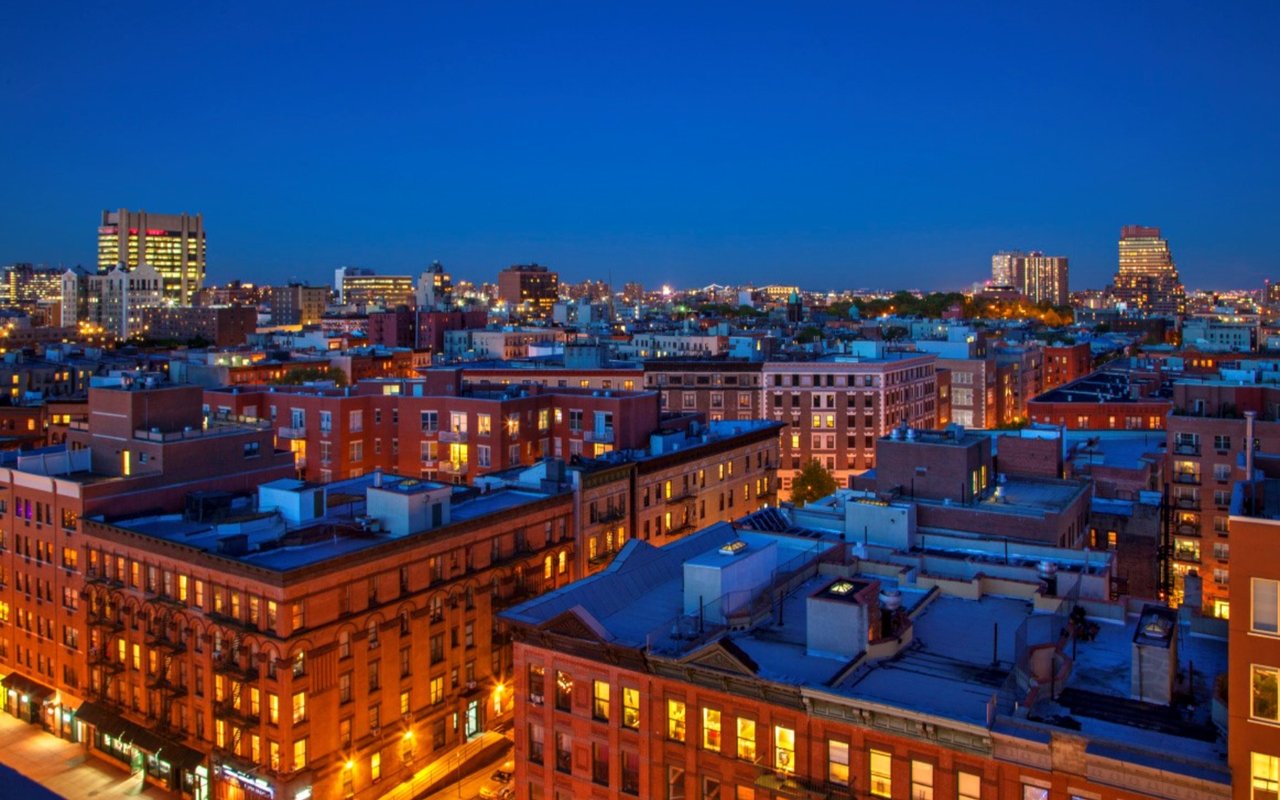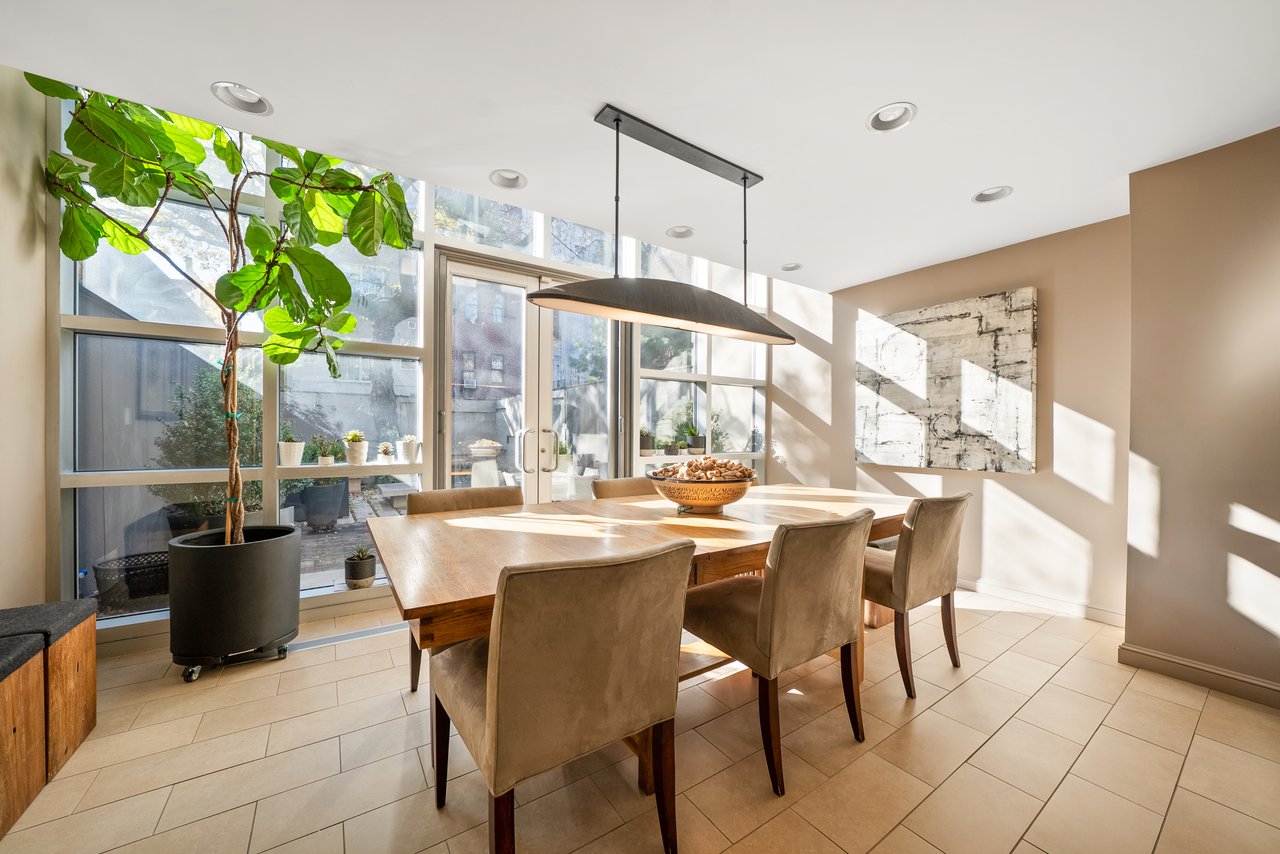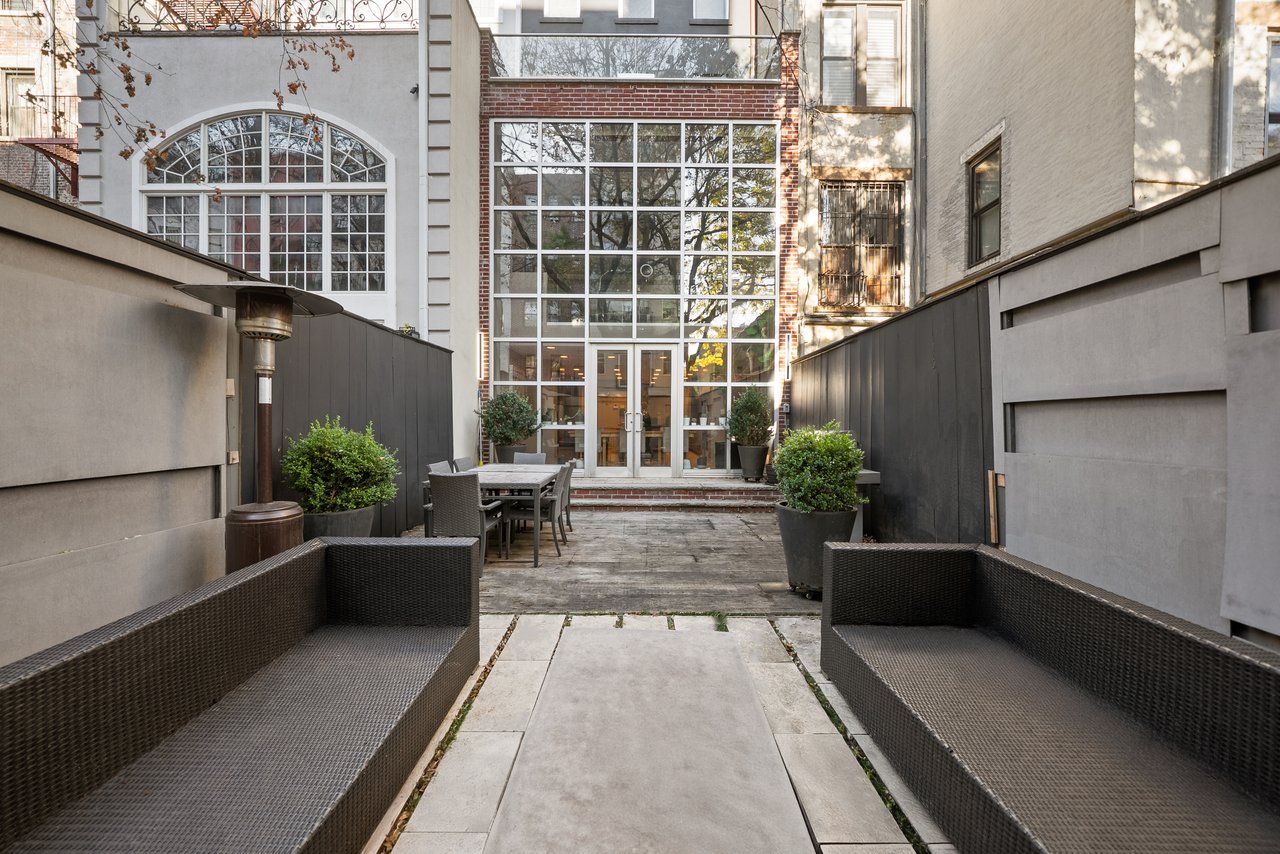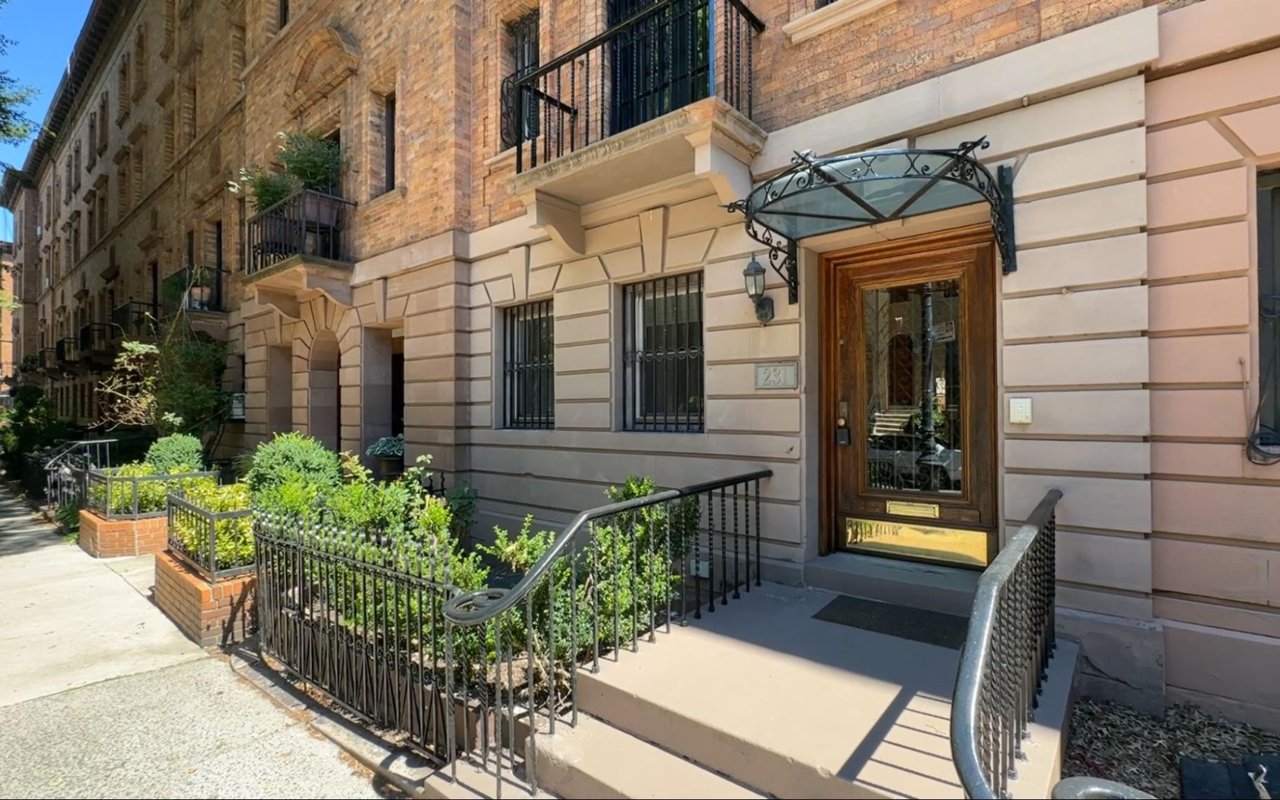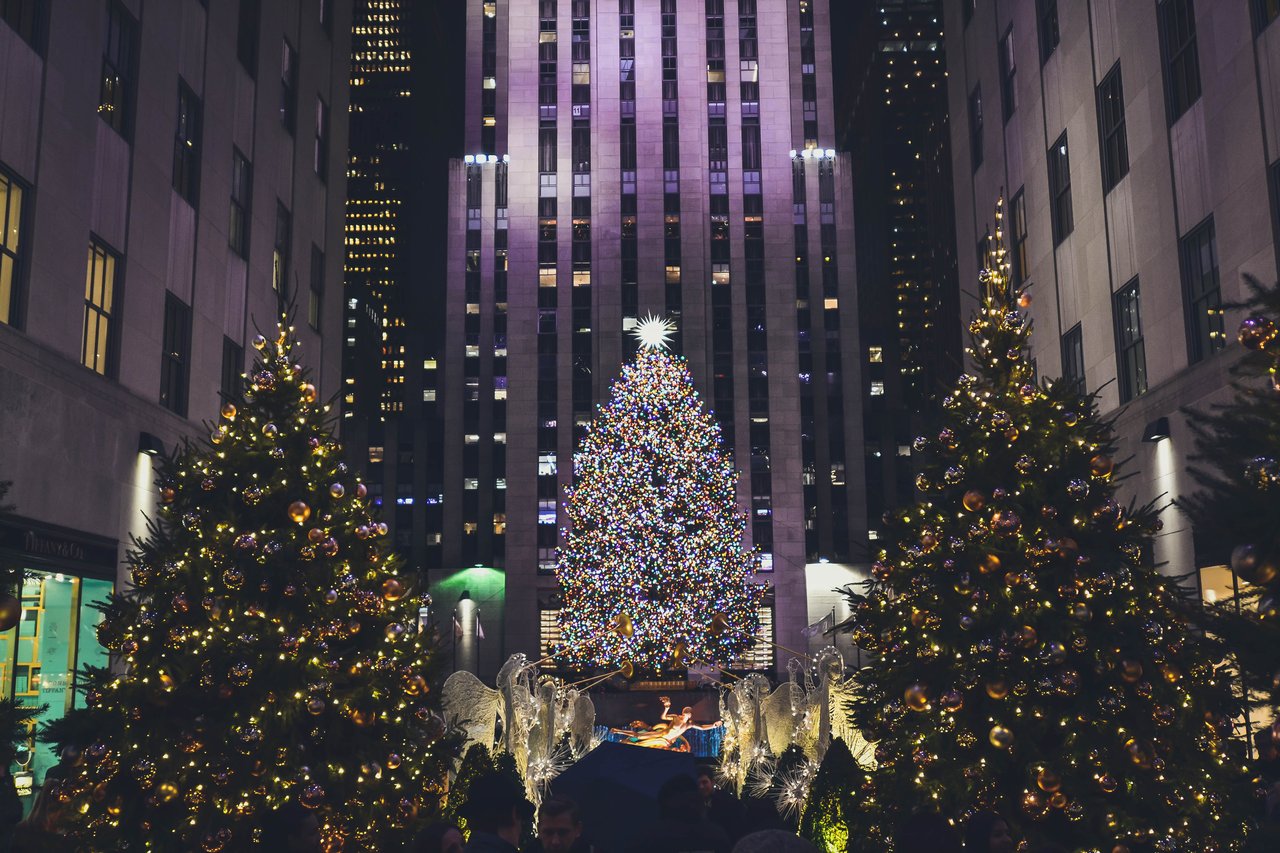Harlem is more than just a neighborhood in New York City; it is a legendary cultural beacon, rich with history, evolving with vibrant energy, and pulsating with a distinctive spirit. For those considering a move, living in Harlem NYC offers a unique opportunity to immerse oneself in a dynamic urban landscape, defined by its iconic brownstones, renowned cultural institutions, and a palpable sense of community. I find it one of Manhattan's most compelling places to call home, especially for those seeking a blend of historic grandeur and modern sophistication.
I've discovered that daily life here is a fascinating blend of old and new, where the echoes of the Harlem Renaissance meet contemporary luxury and good old fashioned manners are appreciated. This guide will provide a comprehensive look at what makes Harlem such an appealing place to reside, detailing its unique features, diverse amenities, and the nuances of its real estate market, helping you envision your refined life in this storied part of Manhattan.
Residing in Architectural Grandeur: Brownstones and Townhouses
When I consider living in Harlem NYC, the first image that comes to mind is its breathtaking architecture. The neighborhood is world-renowned for its meticulously preserved historic brownstones and townhouses, particularly in areas like Strivers' Row (officially St. Nicholas Historic District) and the Mount Morris Park Historic District (now Marcus Garvey Park Historic District). These residences offer a sense of grandeur and a connection to a bygone era, often featuring intricate facades, original woodwork, and soaring ceilings. Lenox Avenue epitomizes Harlem’s historic grandeur with its double-width layout, landscaped central mall, and rows of imposing brownstones.
I've had the pleasure of exploring many of these properties. They frequently boast multiple stories, providing ample space for sophisticated living and private outdoor areas like gardens or rooftop terraces. Many of the townhouses have been fully renovated—some thoughtfully restored to showcase original architectural details, while others feature sleek, modern interiors that rival luxury condominiums.These architectural gems, with their deep history and unique character, stand in elegant contrast to the modern high-rises found elsewhere in Manhattan, offering a truly distinctive living experience.
I've had the pleasure of exploring many of these properties. They frequently boast multiple stories, providing ample space for sophisticated living and private outdoor areas like gardens or rooftop terraces. Many of the townhouses have been fully renovated—some thoughtfully restored to showcase original architectural details, while others feature sleek, modern interiors that rival luxury condominiums.These architectural gems, with their deep history and unique character, stand in elegant contrast to the modern high-rises found elsewhere in Manhattan, offering a truly distinctive living experience.
A Rich Cultural and Arts Scene
Harlem's cultural and arts scene is unparalleled, deeply rooted in its legacy as the birthplace of the Harlem Renaissance. For me, living here means having constant access to world-class institutions and vibrant artistic expressions.
The Apollo Theater on 125th Street is a legendary landmark that continues to host diverse performances from music icons to up-and-coming talent. The Schomburg Center for Research in Black Culture, part of the New York Public Library, is an internationally renowned research library dedicated to the history and culture of people of African descent. Galleries along Adam Clayton Powell Jr. Boulevard and Lenox Avenue (Malcolm X Boulevard) showcase contemporary art.
Discover local artists during the Harlem Arts Stroll—a monthly, self-guided walking tour of galleries, art spaces, and businesses from 99th to 155th Street. Curated by Atim Annette Oton of Calabar Gallery, the Stroll brings visitors into Harlem to explore its vibrant creative community. Held every Second Saturday, year-round.
The only professional theatre company above 96th Street dedicated to classics, new works, and musicals, the Classical Theatre of Harlem (CTH) has championed diversity, equity, and inclusion through performances, education, and community partnerships since 1999—making theatre a powerful force for cultural engagement in Harlem and beyond.
The Apollo Theater on 125th Street is a legendary landmark that continues to host diverse performances from music icons to up-and-coming talent. The Schomburg Center for Research in Black Culture, part of the New York Public Library, is an internationally renowned research library dedicated to the history and culture of people of African descent. Galleries along Adam Clayton Powell Jr. Boulevard and Lenox Avenue (Malcolm X Boulevard) showcase contemporary art.
Discover local artists during the Harlem Arts Stroll—a monthly, self-guided walking tour of galleries, art spaces, and businesses from 99th to 155th Street. Curated by Atim Annette Oton of Calabar Gallery, the Stroll brings visitors into Harlem to explore its vibrant creative community. Held every Second Saturday, year-round.
The only professional theatre company above 96th Street dedicated to classics, new works, and musicals, the Classical Theatre of Harlem (CTH) has championed diversity, equity, and inclusion through performances, education, and community partnerships since 1999—making theatre a powerful force for cultural engagement in Harlem and beyond.
Culinary Delights: Soul Food to Fine Dining
Harlem’s dining scene is a rich reflection of its cultural roots and creative energy. From rustic Italian at Lido to the soulful charm of Melba’s, the neighborhood offers something for every palate. Craving Spanish-Italian fusion? Vinateria delivers elevated plates and an exceptional wine list in a minimalist setting. For comfort food with a side of nostalgia, Harlem Shake reinvents the burger joint experience—don’t miss the Jet magazine-lined bathroom.
Newer spots like Archer & Goat bring bold, cross-cultural flavors, while Harlem Tavern offers casual fare and kid-friendly vibes with a beer garden feel. Sottocasa serves authentic wood-fired pizza in a historic brownstone, and Bixi surprises with Asian-inspired small plates, live music, and a tucked-away terrace perfect for summer nights.
Newer spots like Archer & Goat bring bold, cross-cultural flavors, while Harlem Tavern offers casual fare and kid-friendly vibes with a beer garden feel. Sottocasa serves authentic wood-fired pizza in a historic brownstone, and Bixi surprises with Asian-inspired small plates, live music, and a tucked-away terrace perfect for summer nights.
Expansive Green Spaces and Urban Parks
Despite being in a dense urban environment, Harlem boasts an impressive array of green spaces and urban parks, offering vital oases for recreation and relaxation. These parks are crucial for maintaining a sense of balance in city life.
Marcus Garvey Park (formerly Mount Morris Park) is a prominent landmark, featuring an outdoor amphitheater, a swimming pool, and the historic Acropolis. Morningside Park, designed by Frederick Law Olmsted, offers dramatic elevation changes, walking paths, and sports fields. The Harlem Meer in Central Park's northern section provides a serene lake for fishing and boating.
Marcus Garvey Park (formerly Mount Morris Park) is a prominent landmark, featuring an outdoor amphitheater, a swimming pool, and the historic Acropolis. Morningside Park, designed by Frederick Law Olmsted, offers dramatic elevation changes, walking paths, and sports fields. The Harlem Meer in Central Park's northern section provides a serene lake for fishing and boating.
Navigating Transportation and Connectivity
Living in Harlem NYC means having access to an incredibly robust public transportation network, ensuring seamless connectivity to every part of Manhattan and beyond. This is one of the distinct advantages of residing here.
The neighborhood is well-served by multiple subway lines, including the A, B, C, D, 2, and 3 trains, providing express and local service to Midtown, Downtown, and Brooklyn. Numerous bus lines traverse major avenues, and Metro-North Railroad offers commuter rail service from the 125th Street Station to Westchester and Connecticut. And of course, there’s always CitiBike if you’re looking for an even greener way to get around.This extensive transit network allows for efficient travel throughout the city, making a personal vehicle less of a necessity for many residents.
The neighborhood is well-served by multiple subway lines, including the A, B, C, D, 2, and 3 trains, providing express and local service to Midtown, Downtown, and Brooklyn. Numerous bus lines traverse major avenues, and Metro-North Railroad offers commuter rail service from the 125th Street Station to Westchester and Connecticut. And of course, there’s always CitiBike if you’re looking for an even greener way to get around.This extensive transit network allows for efficient travel throughout the city, making a personal vehicle less of a necessity for many residents.
Upscale Shopping and Boutique Experiences
Harlem's retail landscape has evolved to include boutiques and specialty shops, particularly along corridors like 125th Street and Lenox Avenue .Residents enjoy convenient access to sophisticated shopping, especially for gourmet groceries, with both Whole Foods and Trader Joe’s located on 125th Street near Lenox Avenue.
While 125th Street remains a bustling commercial hub filled with national retailers, it’s also home to independent boutiques and street vendors offering distinctive fashion, home goods, and artisanal products.These smaller shops often showcase local designers and artists, providing a distinct shopping experience compared to larger chain stores. This blend of established retail and emerging boutiques caters to a clientele seeking both convenience and unique finds.
While 125th Street remains a bustling commercial hub filled with national retailers, it’s also home to independent boutiques and street vendors offering distinctive fashion, home goods, and artisanal products.These smaller shops often showcase local designers and artists, providing a distinct shopping experience compared to larger chain stores. This blend of established retail and emerging boutiques caters to a clientele seeking both convenience and unique finds.
Community Vibrancy and Local Events
Harlem maintains a strong sense of community vibrancy, fueled by its rich history and a continuous calendar of local events and festivals. For me, this is a defining characteristic of living here.
The neighborhood hosts numerous street fairs, music festivals, and cultural celebrations throughout the year that bring residents together. The Harlem Week festival, held annually in August, is a significant highlight, celebrating Harlem's history, culture, and economic development. Local block parties, art walks, and farmers markets further contribute to a lively and engaged community atmosphere.
The neighborhood hosts numerous street fairs, music festivals, and cultural celebrations throughout the year that bring residents together. The Harlem Week festival, held annually in August, is a significant highlight, celebrating Harlem's history, culture, and economic development. Local block parties, art walks, and farmers markets further contribute to a lively and engaged community atmosphere.
Modern Developments and Amenities
While Harlem cherishes its historic roots, it has also embraced modern development, bringing new amenities and contemporary living spaces to the neighborhood. This blend of old and new offers diverse residential options.
I've observed the emergence of new luxury condominium buildings, particularly in areas like Central and West Harlem. These buildings offer modern designs, state-of-the-art facilities, and often stunning city or river views. These developments frequently include amenities such as fitness centers, rooftop lounges, and concierge services. This integration of modern conveniences alongside the preserved historic architecture provides a wide range of choices for those seeking a luxurious and comfortable lifestyle in Harlem.
I've observed the emergence of new luxury condominium buildings, particularly in areas like Central and West Harlem. These buildings offer modern designs, state-of-the-art facilities, and often stunning city or river views. These developments frequently include amenities such as fitness centers, rooftop lounges, and concierge services. This integration of modern conveniences alongside the preserved historic architecture provides a wide range of choices for those seeking a luxurious and comfortable lifestyle in Harlem.
Work with Julia Boland and The Boland Team for Your NYC Real Estate Goals
If you're looking to buy, sell, or invest in New York City real estate, Julia Boland of The Boland Team offers unmatched expertise and personalized service. With over two decades of experience marketing and selling Manhattan properties — from co-ops and condos to townhouses and new developments — our team brings a seasoned perspective and deep market knowledge to every transaction.
When you're ready to make your mark in New York City's dynamic real estate market, reach out to us at The Boland Team.
When you're ready to make your mark in New York City's dynamic real estate market, reach out to us at The Boland Team.
